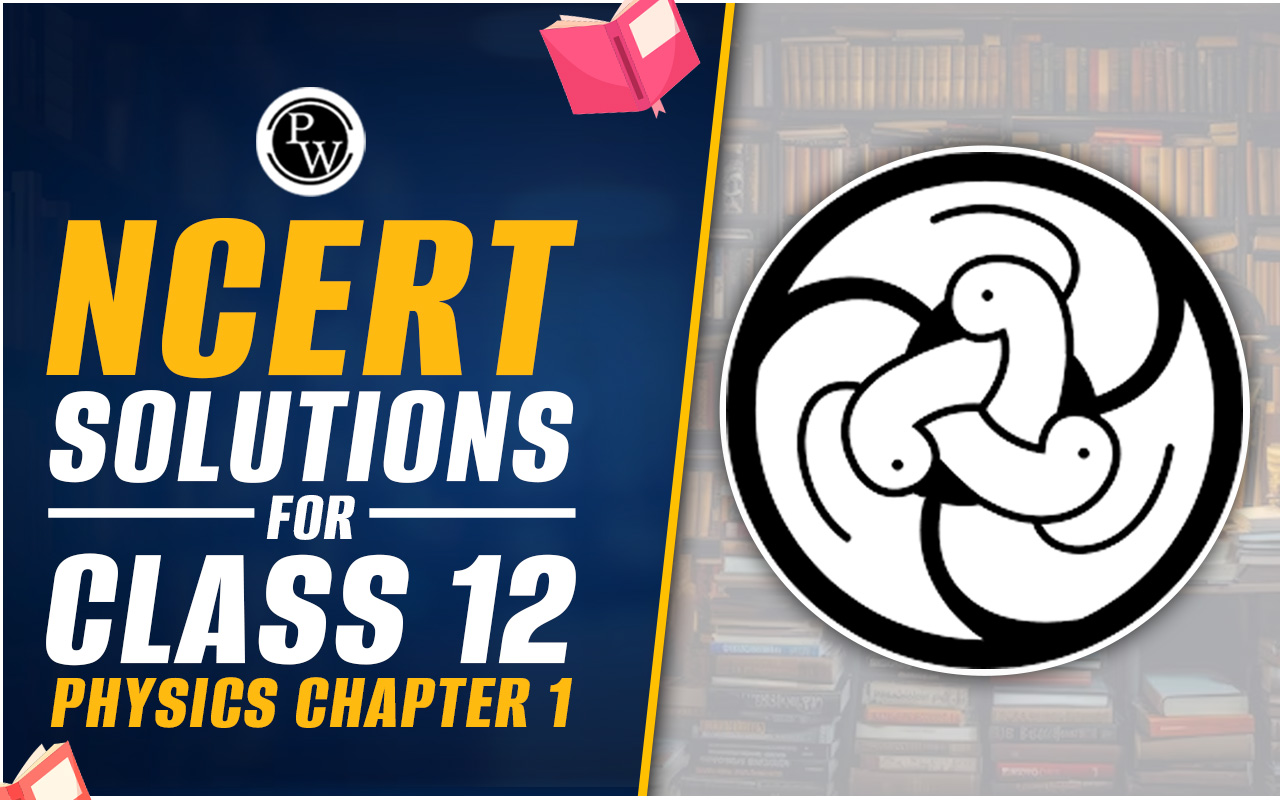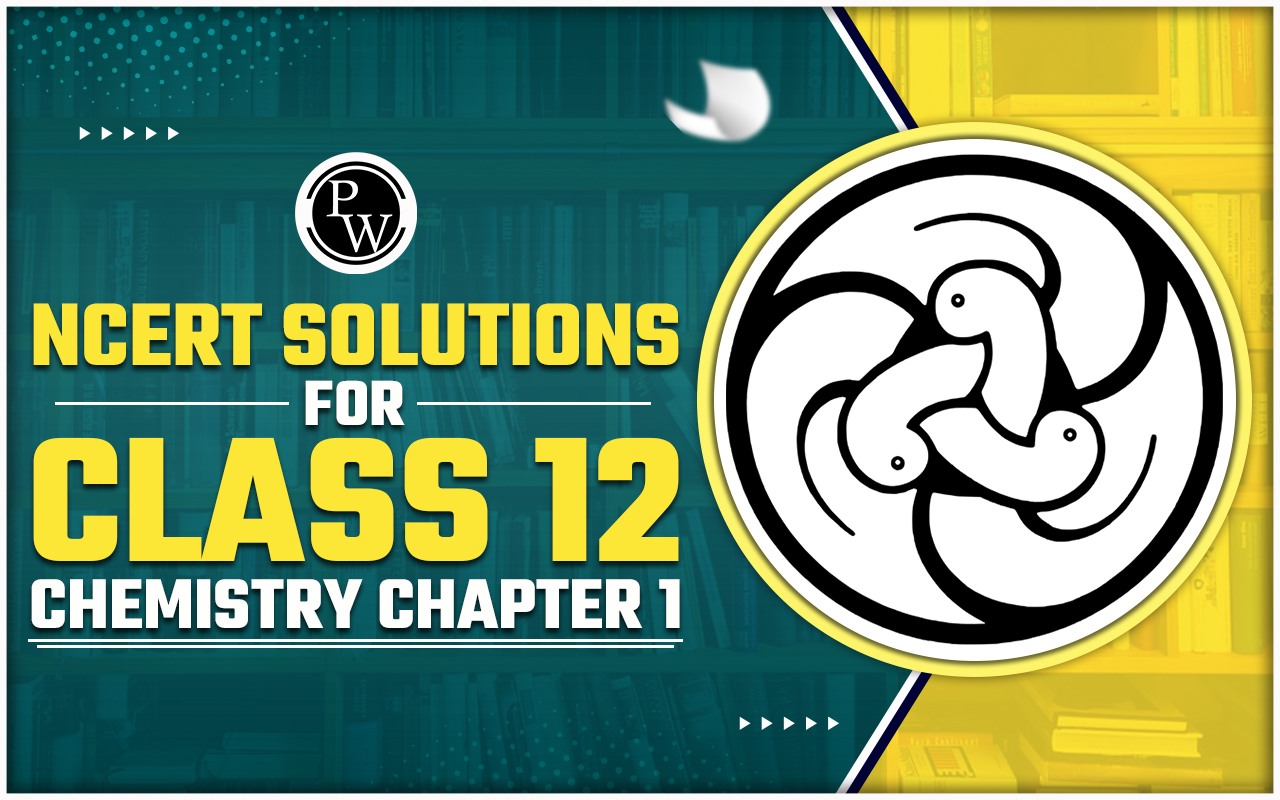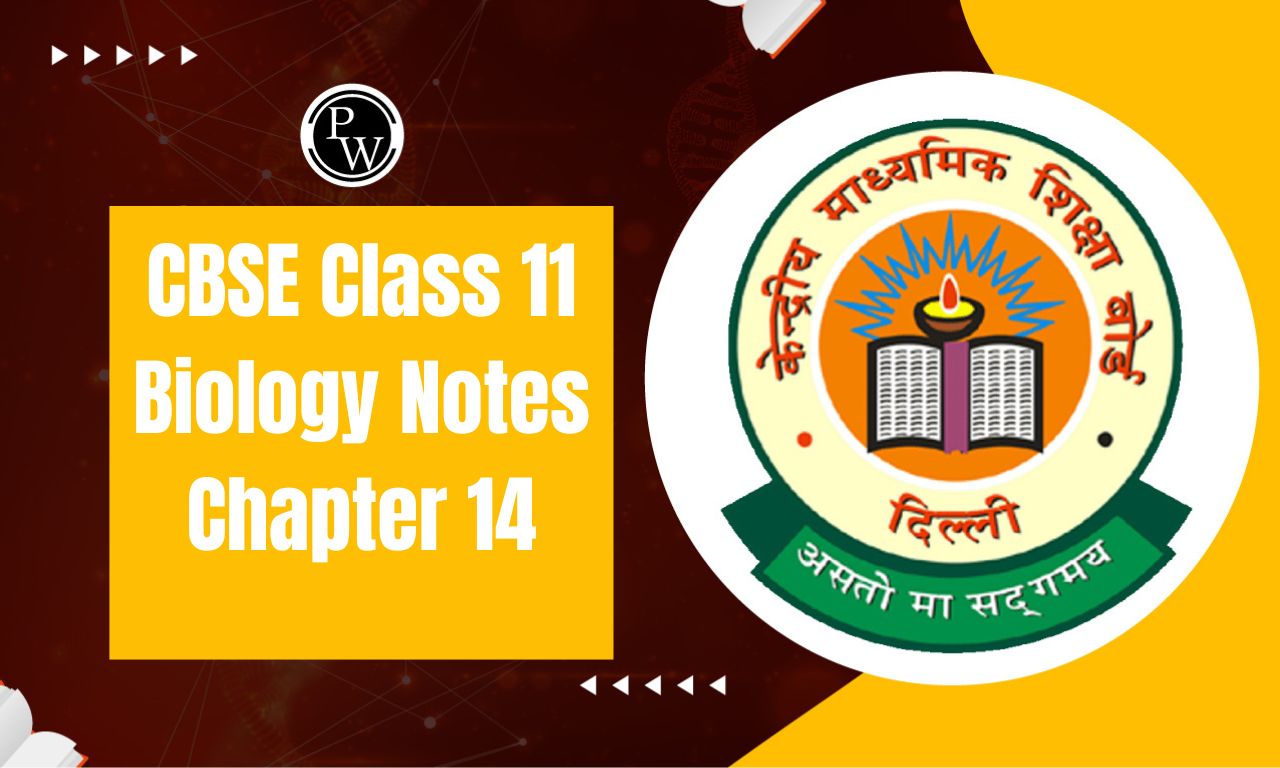
CBSE Class 11 Biology Notes Chapter 10 Cell cycle and Cell Division Notes: Chapter 10 Cell cycle and Cell division notes are important for the students who are preparing for the entrance exams. This chapter is one of the important chapters for the preparation of Board exams as well.
The chapter discusses the complex events of mitosis and meiosis, their unique characteristics, significance and the different stages involved. For the ease of students to prepare well for the board exam and entrance exams, we have provided below chapter 10 cell Cycle and Cell division notes.CBSE Class 11 Biology Notes Chapter 10 Overview
Chapter 10 Cell Cycle and cell division notes discusses the processes of cell cycle regulation and cell division, fundamental to the growth, development, and reproduction of organisms. The chapter highlights the distinct phases of cell division—interphase and mitotic phase—and their respective roles in DNA replication and cell division.What is a Cell Cycle?
Cell division is a very important mechanism for all living things. The cellular division represents a fundamental biological phenomenon across all living organisms. Throughout the cellular division process, essential events such as DNA replication and cellular enlargement occur concurrently. When a cell divides, it also copies its DNA and grows bigger. All these activities—cell division, DNA copying, and growth—need to happen together in the right order to make sure cells split correctly and make new cells with complete sets of genes. The complete process of a cell copying its DNA, making more cells, and splitting into two new cells is called the "cell cycle."Phases of Cell Cycle
There are two main phases of the cell cycle- the Interphase and the M Phase.Interphase
Interphase is the longest phase of the cell cycle, during which the cell grows, replicates its DNA, and prepares for cell division. It's like the "preparation phase" before the actual division happens. Interphase can be divided into three subphases: G1 (Gap 1), S (Synthesis), and G2 (Gap 2).- The G1 phase occurs after cell division (mitosis) and before DNA replication initiation. During G1, the cell grows and is metabolically active but does not replicate its DNA.
- The S phase, or synthesis phase, is when DNA replication happens, doubling the amount of DNA per cell. Despite DNA doubling, the chromosome number remains the same as in G1. In animal cells during S phase, DNA replication begins in the nucleus, and centrioles duplicate in the cytoplasm.
- The G2 phase involves protein synthesis in preparation for mitosis while cell growth continues. Some adult animal cells, like heart cells, and others divide only as needed to replace lost cells, exiting G1 to enter a non-dividing state called G0. Cells in G0 remain metabolically active but only proliferate when needed by the organism.
M Phase
The M phase, or mitotic phase, is the phase of the cell cycle where actual cell division occurs. It consists of two main processes: Karyokinesis and cytokinesis. The Karyokinesis stage of cell division involves further four stages, which are: Prophase: First stage of mitotic cell division, following S and G2 phases of interphase. In S and G2 phases, new DNA molecules are intertwined, but not distinct. Prophase starts with condensation of chromosomal material. Centrosomes, duplicated during S phase, move toward opposite cell poles. Cells in late prophase lack Golgi complexes, endoplasmic reticulum, nucleolus, and nuclear envelope when viewed under a microscope. The key features of prophase are:- Chromosomal condensation into compact mitotic chromosomes, each consisting of two chromatids attached at the centromere.
- Centrosomes move to opposite poles, radiating microtubules called asters.
Key features of Metaphase are:
- Spindle fibers attach to chromosome kinetochores.
- Chromosomes move to the spindle equator and align along metaphase plate via spindle fibers to both poles.
- Centromeres split, separating chromatids.
- Chromatids migrate to opposite poles.
Key features of telophase are:
- Chromosomes assemble around opposite spindle poles, losing their individual identity.
- A nuclear envelope forms around the chromosome clusters at each pole, resulting in the formation of two daughter nuclei.
- Components like the nucleolus, Golgi complex, and endoplasmic reticulum (ER) reassemble.
What is Meiosis?
Sexual reproduction involves the merging of two gametes, each containing a full haploid set of chromosomes. Gametes originate from specialized diploid cells. The unique type of cell division that halves the chromosome count, leading to the generation of haploid offspring cells, is termed meiosis. Meiotic events are grouped into 2 phases: Meiosis I and Meiosis IIPhases of Meiosis I
The following are the phases of the Meiosis I: Prophase I: This stage of meiosis stands out for its complexity and duration, contrasting with the relatively simpler prophase of mitosis. This phase comprises five distinct stages: Leptotene, Zygotene, Pachytene, Diplotene, and Diakinesis.- Leptotene marks the initial stage where chromosomes gradually become visible under the light microscope while continuing to compact.
- In Zygotene, homologous chromosomes start pairing together through a process known as synapsis, forming structures called bivalents or tetrads, helped by the development of a synaptonemal complex.
- Pachytene follows, characterized by the distinct appearance of four chromatids within each bivalent and the initiation of crossing over at specific points known as recombination nodules, facilitated by the enzyme recombinase.
- During Diplotene, the dissolution of the synaptonemal complex occurs, and chiasmata, the visible manifestations of crossover points, become more pronounced.
- Diakinesis marks the final stage of prophase I, characterized by the terminalization of chiasmata, full condensation of chromosomes, and the assembly of the meiotic spindle, signaling the transition to metaphase.
Phases of Meiosis II
The following are the phases in Meiosis II: Prophase II: This stage in meiosis II starts immediately after cytokinesis, often before chromosomes fully elongate. The nuclear membrane vanishes by the end of prophase II, and chromosomes recompact. Metaphase II: This stage sees chromosomes aligning at the equator, with microtubules from opposite spindle poles attaching to sister chromatids' kinetochores. Anaphase II: This stage begins with the simultaneous splitting of each chromosome's centromere, allowing sister chromatids to move toward opposite poles through microtubule shortening. Telophase II: This stage marks the end of meiosis, during which two sets of chromosomes are once again enclosed by a nuclear envelope.Benefits of CBSE Class 11 Biology Notes Chapter 10
Following are the benefits of using Chapter 10 Cell Cycle and Cell Division Notes:- Chapter 10 Cell Cycle and Cell Division notes offers a complete overview of the topic, covering all essential concepts and stages involved in cell cycle and cell division.
- The notes provided clear and concise explanations of complex biological processes, making it easier for students to understand the concepts of cell division.
- The notes provide information in a systematic manner that aids in better understanding and retention of the material.
CBSE Class 11 Biology Notes Chapter 10 FAQs
Which cell cycle is the shortest?
The M phase represents the shortest stage in the cell cycle. Also known as the mitotic phase, this biological process spans a duration of two hours.
What is the purpose of the cell cycle?
The cell cycle's main function is to accurately copy the DNA in the chromosomes and then divide them into two genetically identical daughter cells.
Who is responsible for cell division?
The centriole is the organelle of the cell that is responsible for the cell division.
Who discovered the cell cycle?
In the year 1824, Prevost and Dumas made the discovery of the cell cycle while they were conducting research on a frog zygote.
How many phases are in the cell cycle?
The four stages of the cell cycle are synthesis (S), gap 1 (G1), gap 2 (G2), and mitosis (M), which occur when a cell divides and grows.
🔥 Trending Blogs
Talk to a counsellorHave doubts? Our support team will be happy to assist you!

Check out these Related Articles
Free Learning Resources
PW Books
Notes (Class 10-12)
PW Study Materials
Notes (Class 6-9)
Ncert Solutions
Govt Exams
Class 6th to 12th Online Courses
Govt Job Exams Courses
UPSC Coaching
Defence Exam Coaching
Gate Exam Coaching
Other Exams
Know about Physics Wallah
Physics Wallah is an Indian edtech platform that provides accessible & comprehensive learning experiences to students from Class 6th to postgraduate level. We also provide extensive NCERT solutions, sample paper, NEET, JEE Mains, BITSAT previous year papers & more such resources to students. Physics Wallah also caters to over 3.5 million registered students and over 78 lakh+ Youtube subscribers with 4.8 rating on its app.
We Stand Out because
We provide students with intensive courses with India’s qualified & experienced faculties & mentors. PW strives to make the learning experience comprehensive and accessible for students of all sections of society. We believe in empowering every single student who couldn't dream of a good career in engineering and medical field earlier.
Our Key Focus Areas
Physics Wallah's main focus is to make the learning experience as economical as possible for all students. With our affordable courses like Lakshya, Udaan and Arjuna and many others, we have been able to provide a platform for lakhs of aspirants. From providing Chemistry, Maths, Physics formula to giving e-books of eminent authors like RD Sharma, RS Aggarwal and Lakhmir Singh, PW focuses on every single student's need for preparation.
What Makes Us Different
Physics Wallah strives to develop a comprehensive pedagogical structure for students, where they get a state-of-the-art learning experience with study material and resources. Apart from catering students preparing for JEE Mains and NEET, PW also provides study material for each state board like Uttar Pradesh, Bihar, and others
Copyright © 2025 Physicswallah Limited All rights reserved.
Get App









